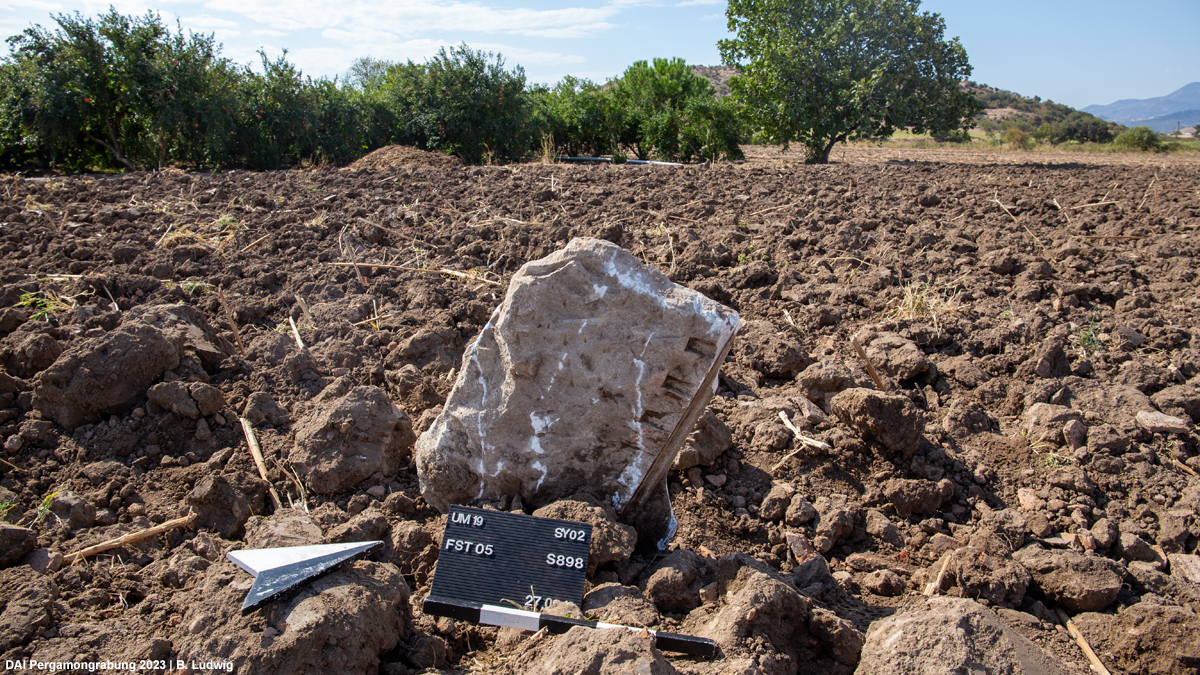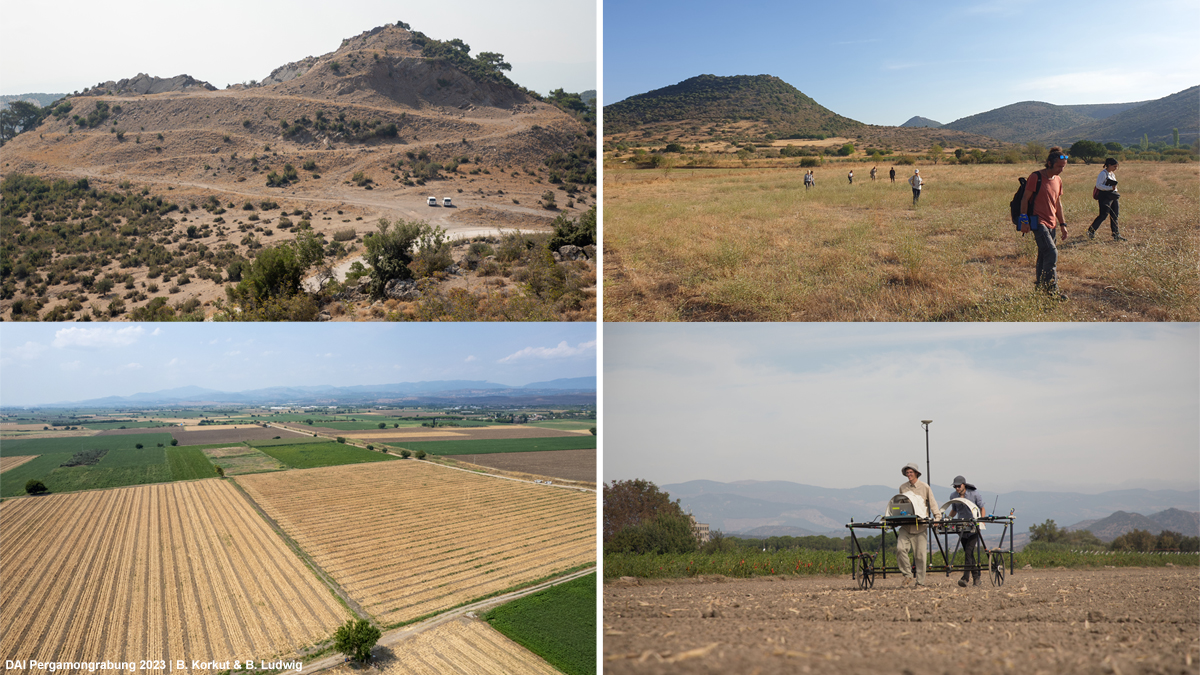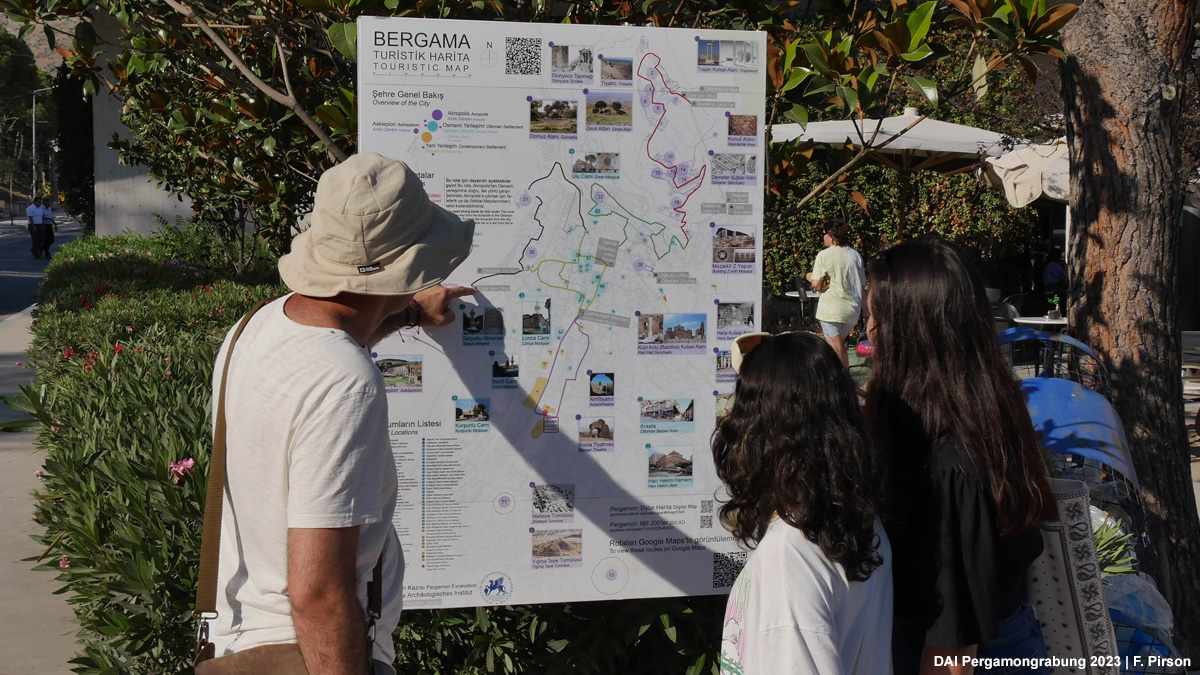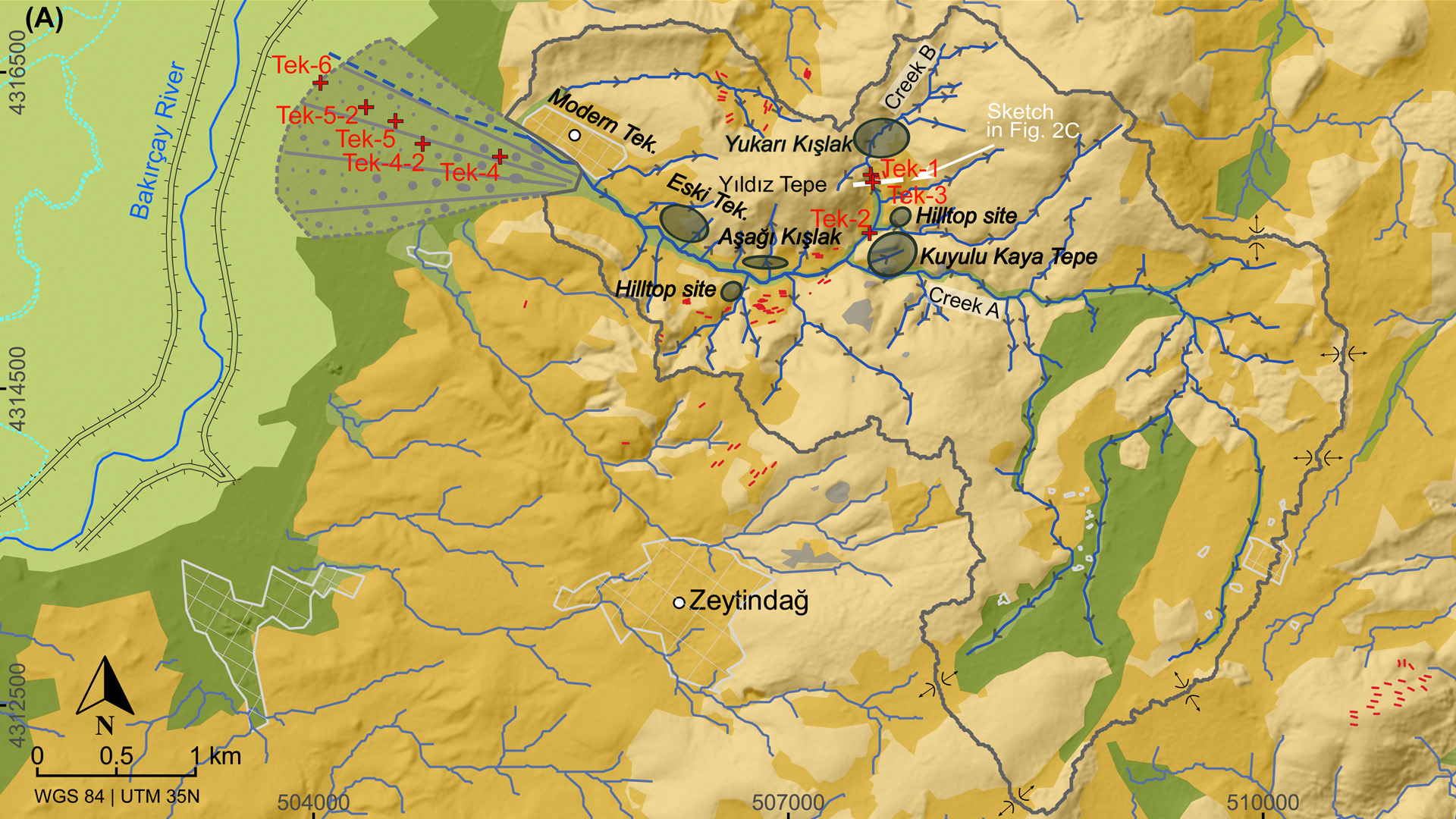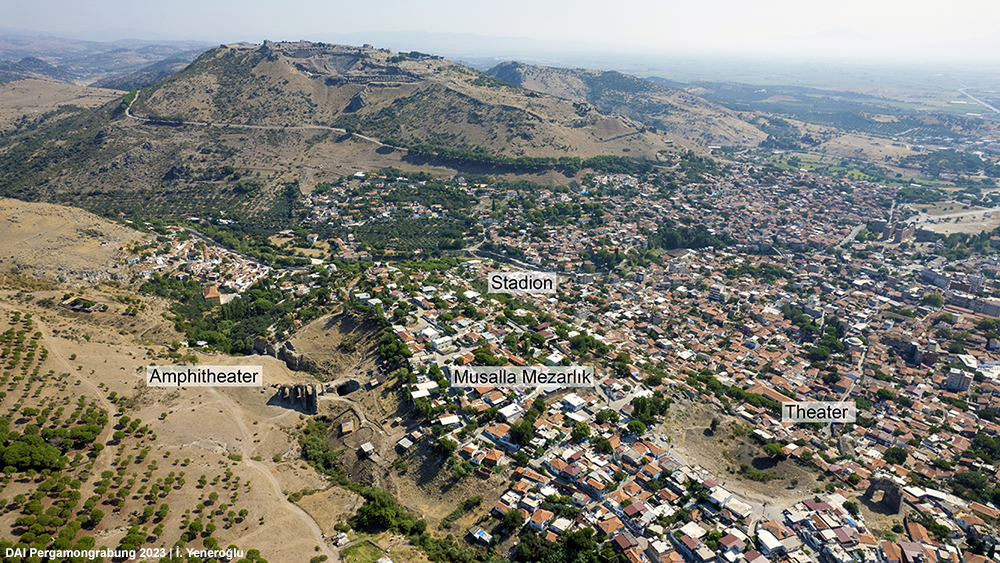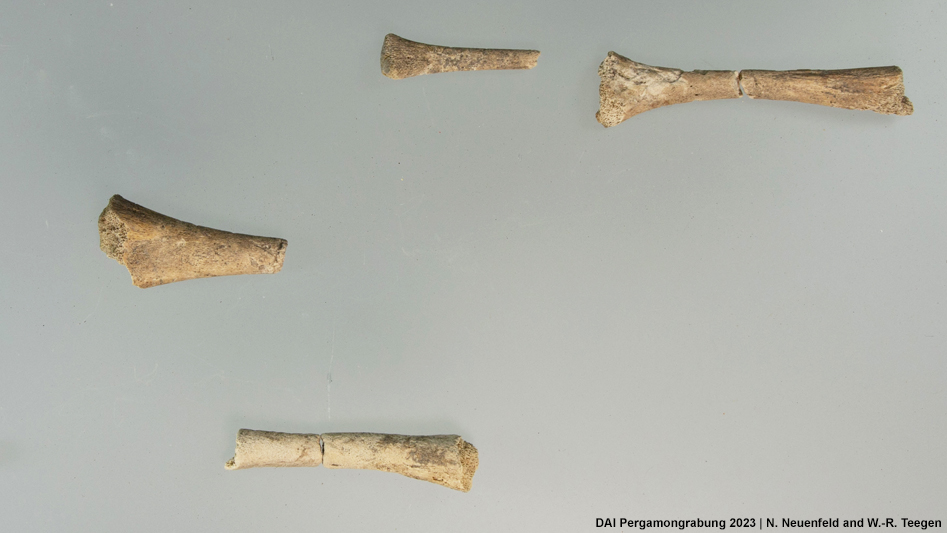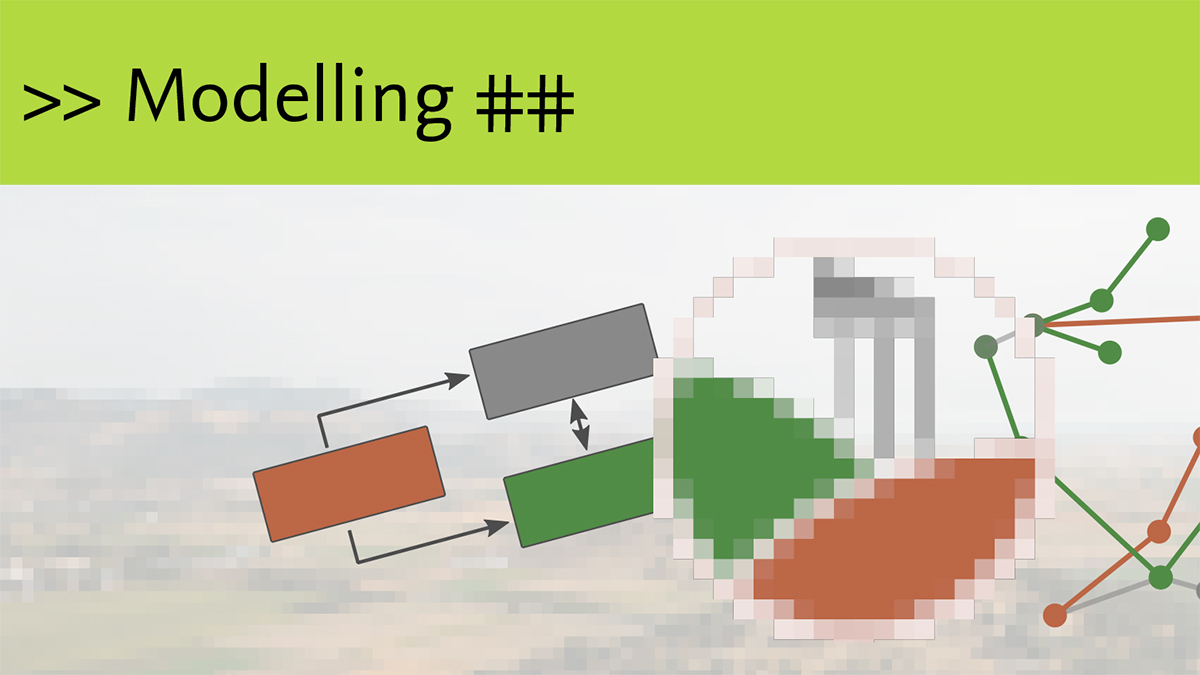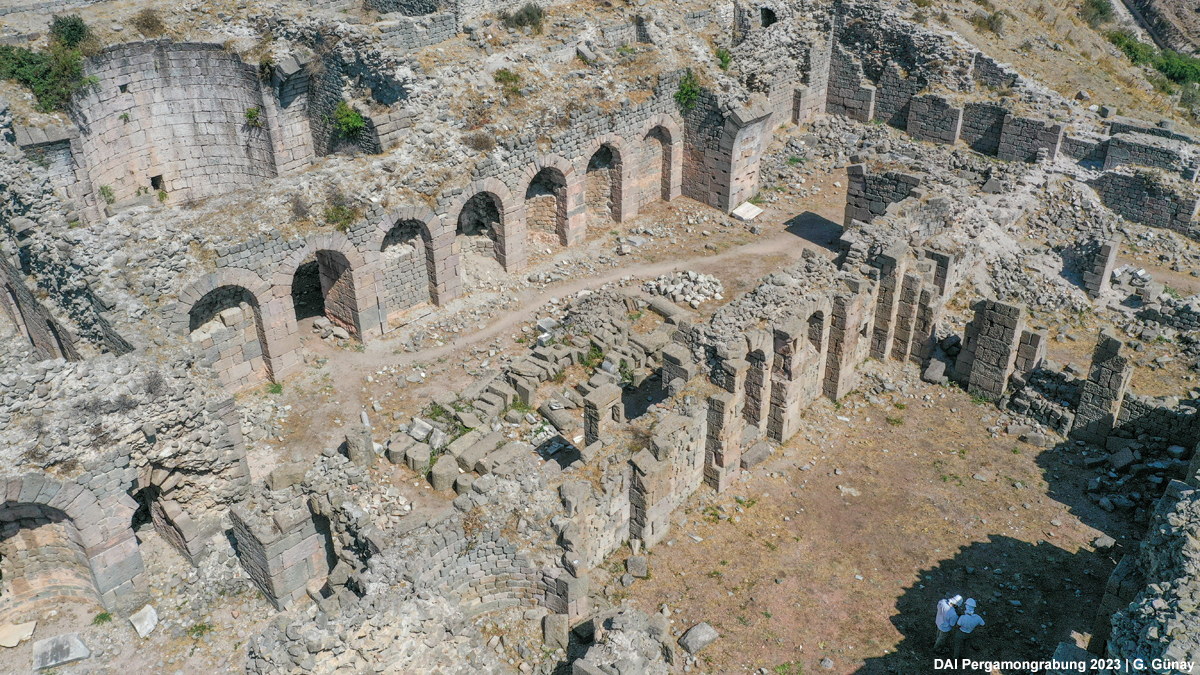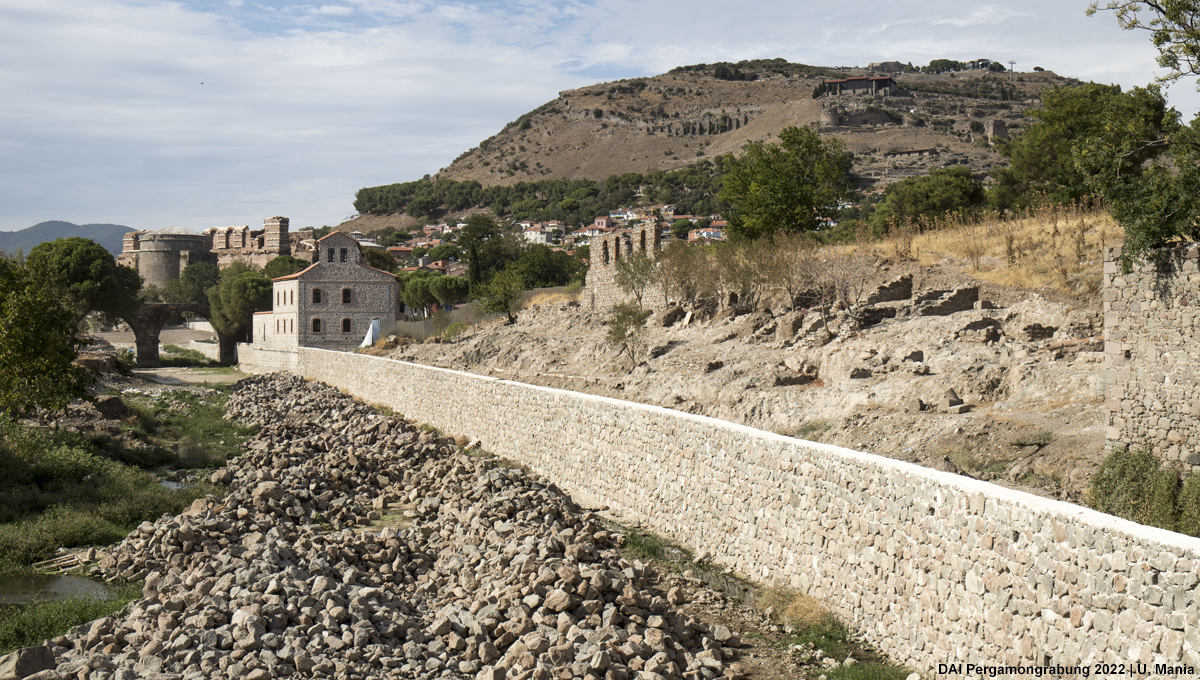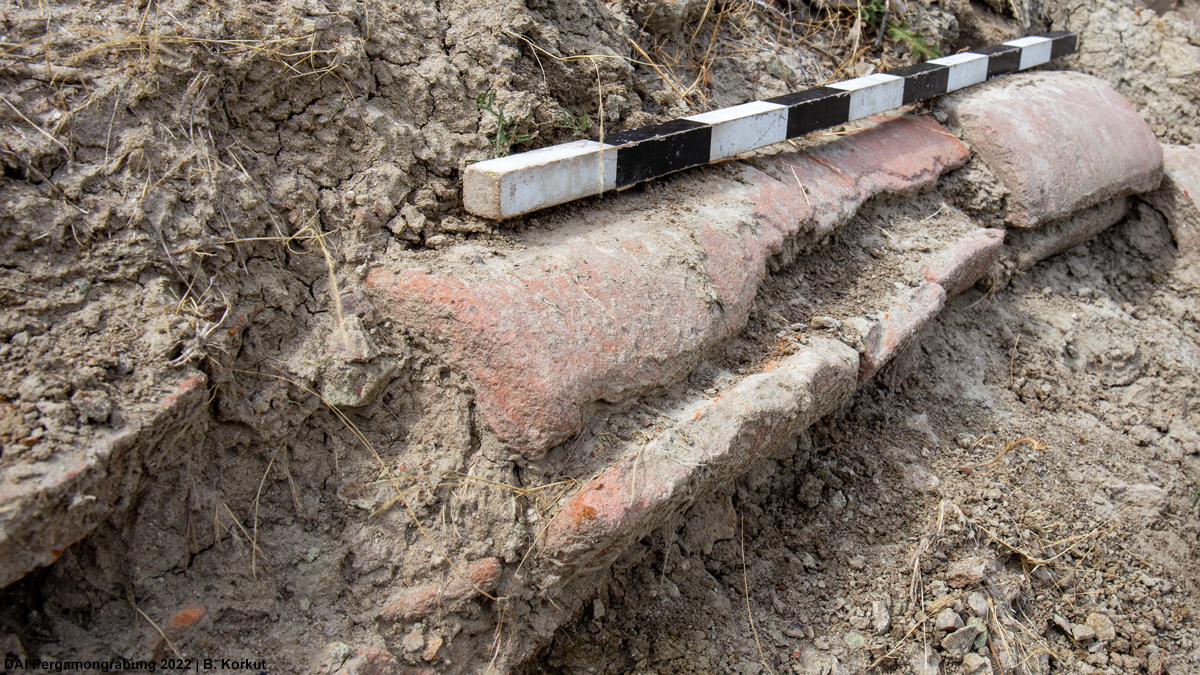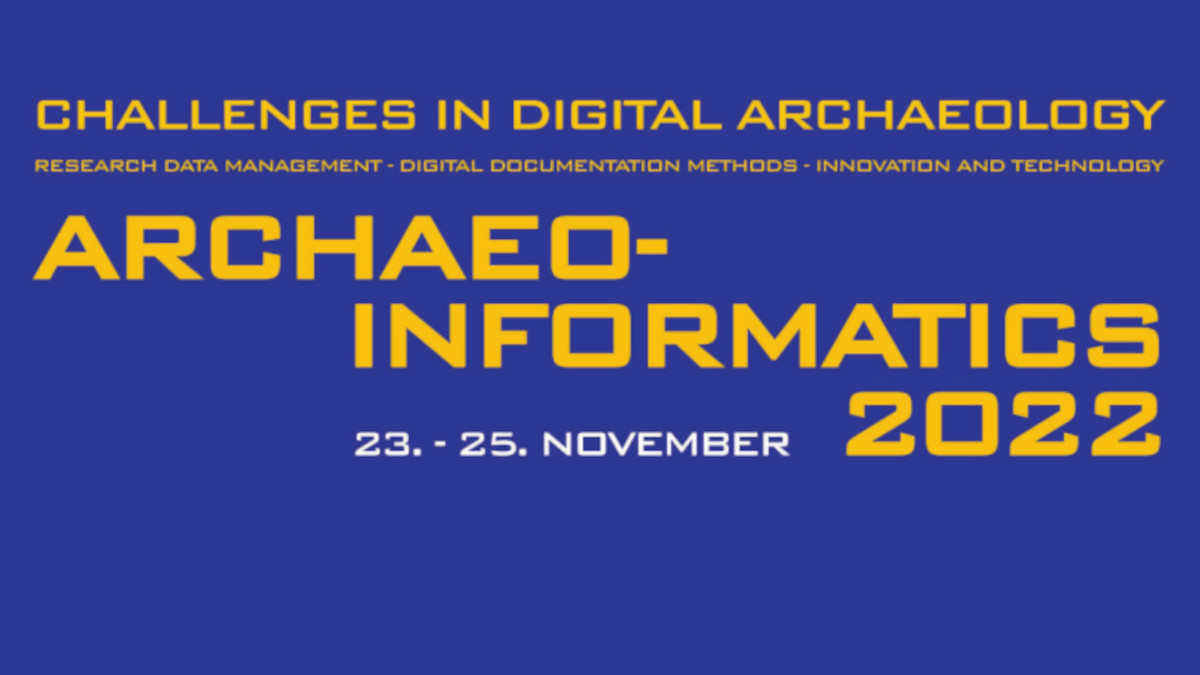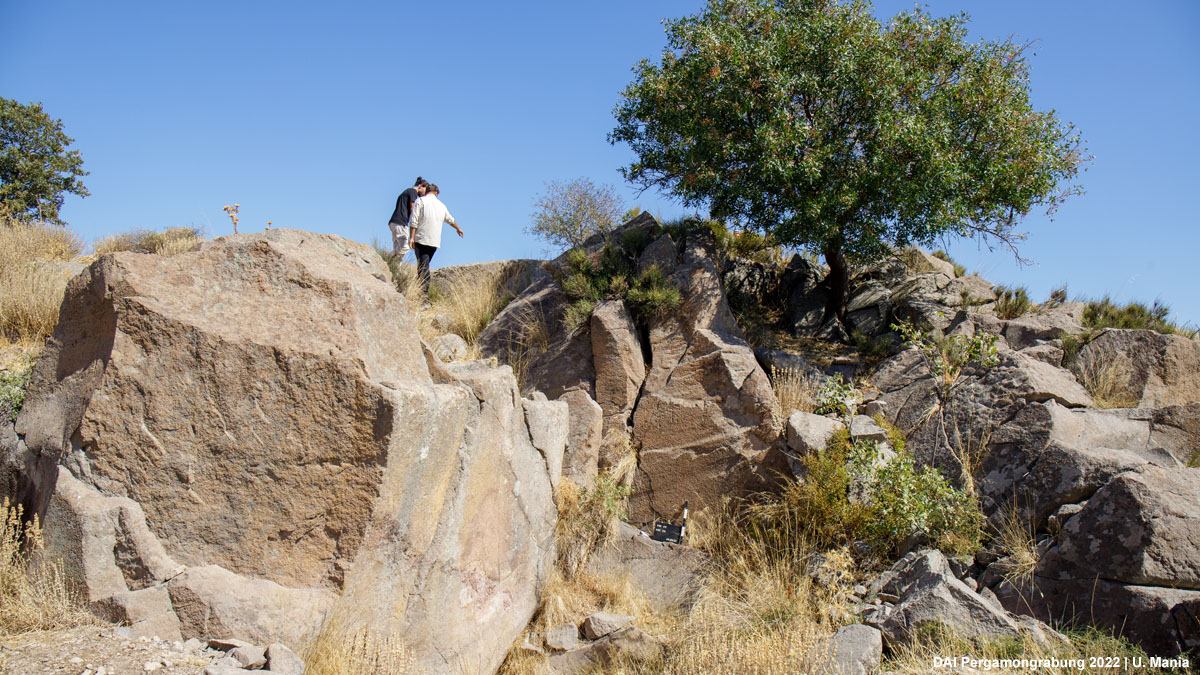Temple, Villa, or…? A Rural Site in the Pergamon Micro-Region
The Sultan Tepe site, discovered in 2009 and revisited in 2019 and 2020, near Pergamon reveals intriguing findings. The non-invasive survey suggests a complex history: a potential villa with a courtyard, a sanctuary, or even a mansio. Geophysical data points to a 175 x 100 m structure, possibly a villa. Pottery spans late Hellenistic to Byzantine periods. Despite uncertainties, this interdisciplinary approach offers valuable insights into the region’s historical development. The full study will be in ‚Istanbuler Mitteilungen.‘

